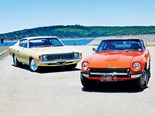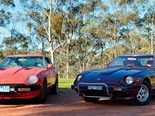1970-1973 Datsun 240Z - Buyer's Guide

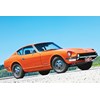

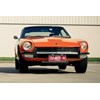



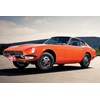

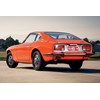

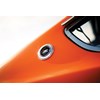
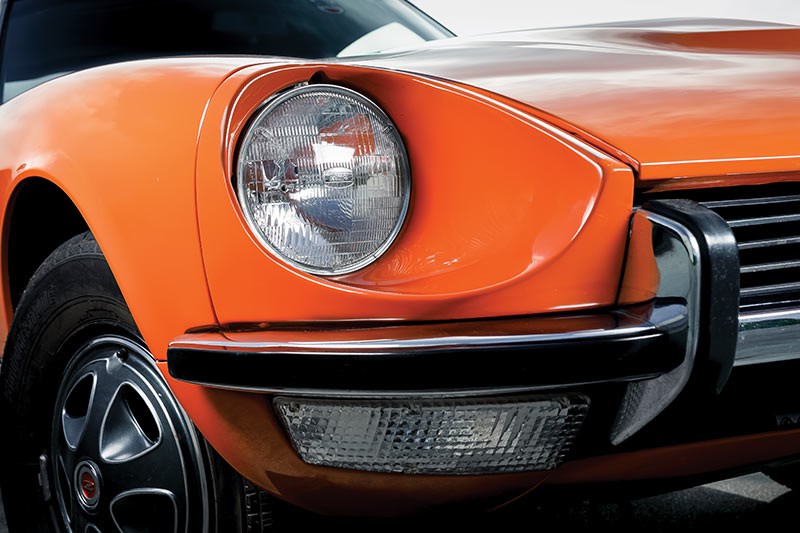

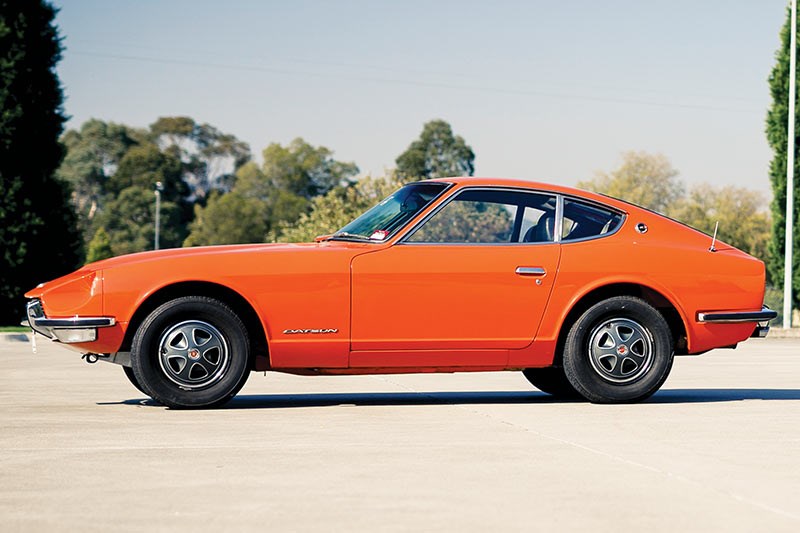

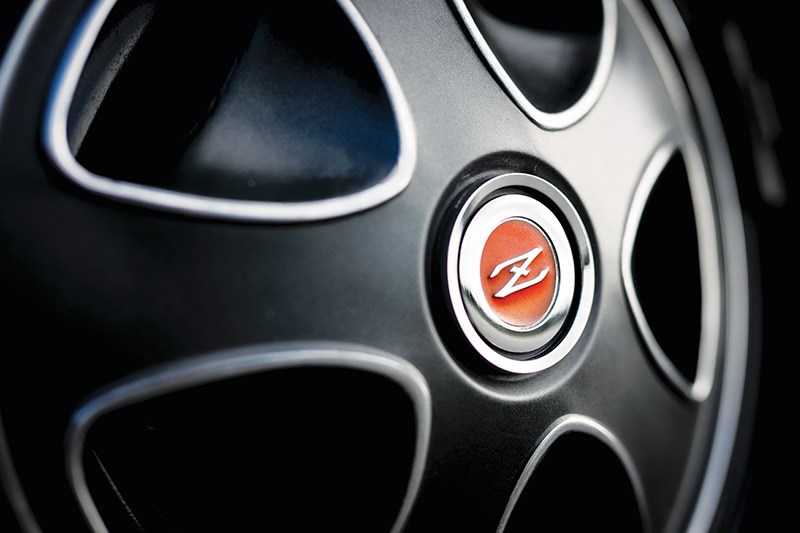

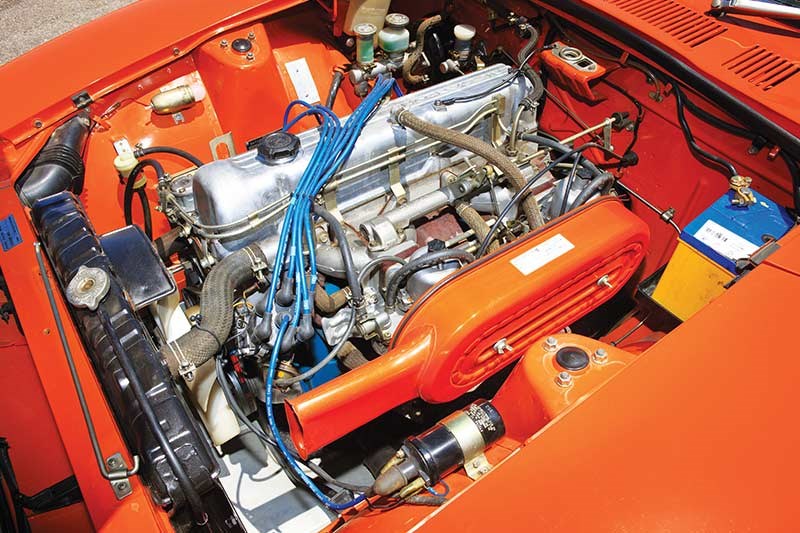

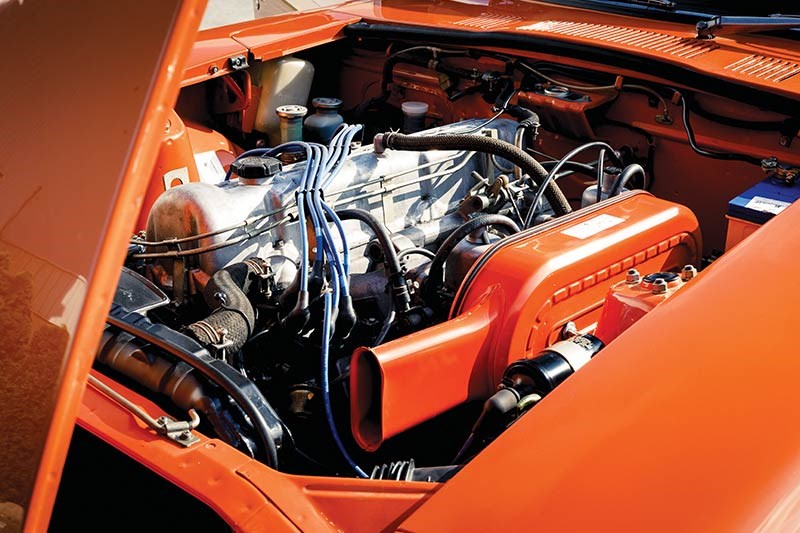

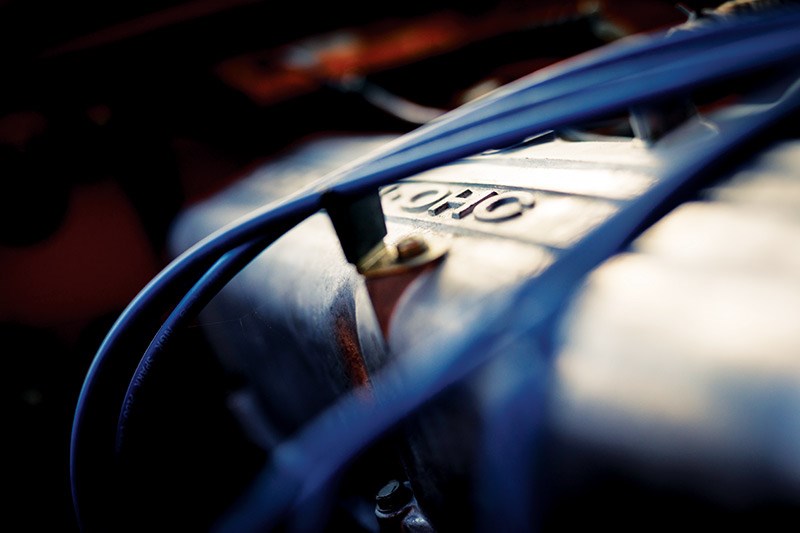

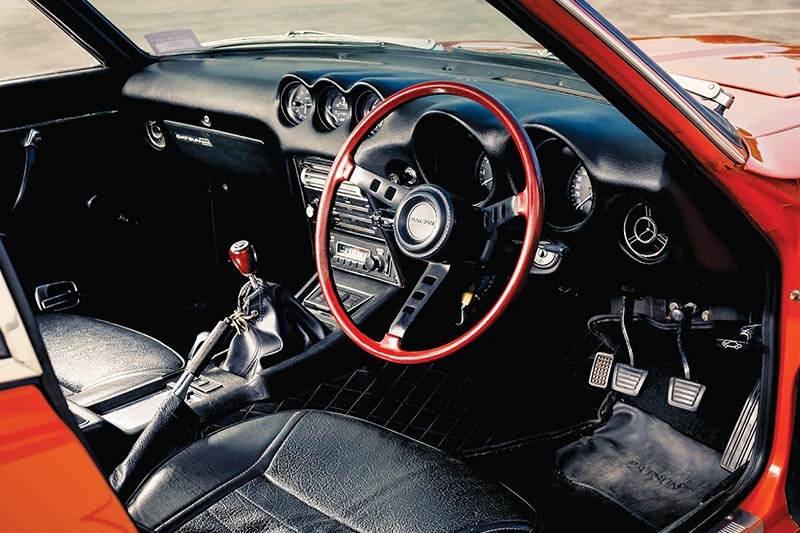

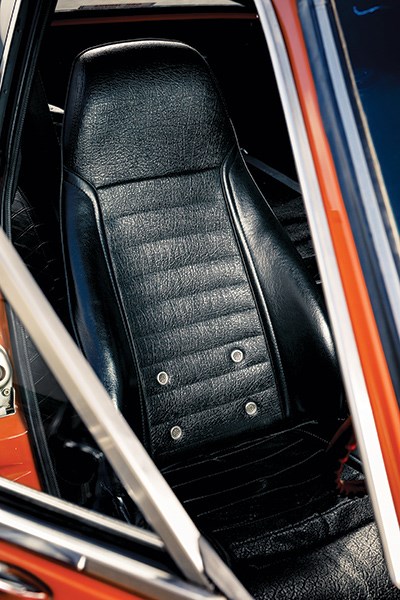

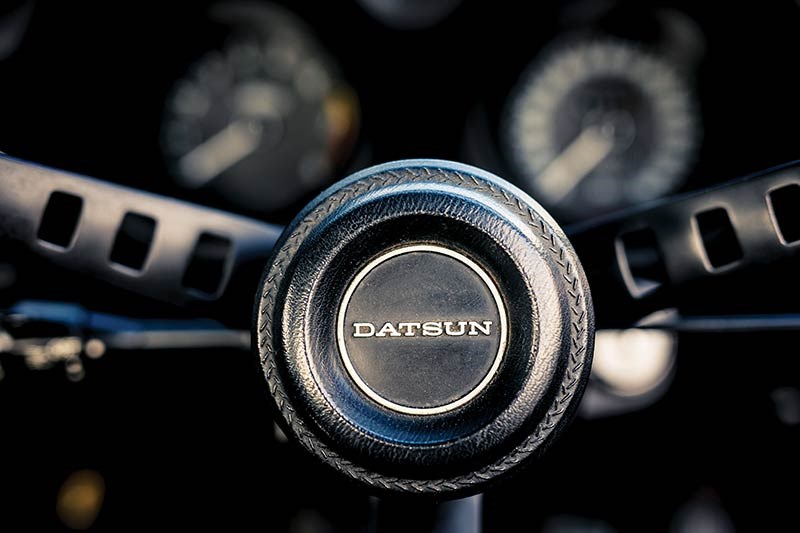


|

|

|

|

|

|

|

|

|

|

|

|

|

|

|
The Datsun 240Z is one of the all-time great shapes out of Japan
1970-73 Datsun 240Z
It was unkindly said during the 1960s that Japanese car makers pinched every good idea they had from Europe or the UK. In the case of their 240Z, Nissan’s designers certainly borrowed elements of the most beautiful car in the world when penning their sports coupe. All they left out was the unreliability.
The Z with its swoopy profile was devised by designer Yoshihiko Matsuo, following on from development work undertaken during the 1960s by former BMW designer Albrecht Goertz. Matsuo is on record as recalling that much of what he did was in defiance of a conservative management but the result was stunning.

From any angle, the two-seat 240Z was and is a great looking car. Not sensuous in the manner of Jaguar’s E Type but with obvious influences including the elongated nose and inset headlights. In common with the E Type, Nissan adopted sensible hatchback access to the luggage platform.
| Video: 1972 Datsun 240Z review
Nissan already had the perfect engine for a sports coupe; the grunty 2.4-litre straight-six that powered big Datsun 2400 sedans. With some tweaks to the valve train and a pair of side-draft carburettors the 240Z engine in stock form delivered 112kW. With mild modifications, a lot more was available. Adding to performance and practicality were a five-speed gearbox and independent rear suspension.
The Z was announced late in 1969 and Australia saw its first cars a year later. All were five-speed manual but later arrivals included a smattering of three-speed automatics. At almost $5000 the 240Z cost more than a typical V8 Aussie muscle car and was way more expensive than the similar-sized Ford Capri V6.

That didn’t stop Datsun in Australia selling hundreds of ‘Z Cars’ every year or stop the model building a strong following among enthusiasts who enjoyed weekend motor sport. Sadly for Nissan, there wasn’t a major motor-sport category in Australia that allowed the 240Z to really demonstrate its giant-killing character.
| Related: Nissan's iconic 'Z' cars
The situation was different in the USA where 90 percent of Zs were sold. In hotly-contested Sports Car Club of America events, the Datsun consistently won its class against the likes of TR6 Triumphs and Porsche 911s. An aptitude for rallying allowed the Z to achieve world prominence, with two wins in the tough East African Safari and a string of European successes.
Put it down to cost saving but the only deficiency in 240Z design was drum brakes at the rear where a European brand would have found the money for discs. During the 45 years since the last 240Zs were built, owners have leapt into the breach and adapted rear discs from other Nissan models and other brands including Volvo.

Finding more performance is easy. A 2.8-litre engine with Weber carburettors replacing the originals will give the Z a decent increase in urge. However to keep up with modern machinery on the track or in tarmac rallying, a professional turbo set-up seems the way to go.
MARKET REVIEW
Looking at movement in Z values during the recent past it is plain that movement during the past five years has been more vigorous than at any time in preceding decades.
The cost in 2013 of an excellent, near-stock 240Z was $25-30,000. We did note at the time though that outstanding cars being sold in overseas markets had reached $50,000.
Usable cars can still be found here in the $30-35,000 price bracket but these represent a bit of a risk. Some were ‘restored’ 25 years ago and when buying in at that level you really don’t want to outlay a further $30K dealing with any nasty surprises like chasing and rectifying concealed corrosion as well as having to deal with any serious mechanical gremlins.

At the top of the scale and sometimes priced at more than $70,000 are ultra-modified examples or near-stock show winners that come with a boot-load of trophies.
Big money is also being asked for Japanese-spec Fairlady Zs but these represent a risk and perhaps best avoided until the market decides on their collector status.
We first featured this car, owned by David Tolman, in 2015 (issue 372) "I had a 260Z originally and still own it," he explained. "When you own one of those I suppose you end up wondering what a 240 is like. I’m really big into originality, so it was hard to find a 240Z that wasn’t modified. Eventually in 1995 I purchased this one.

"It was nice and original and it looked tidy because it had a respray, but it didn’t run very well and needed an engine rebuild. I thought I’d do the engine and then drive it around for a while, but once you have the engine out you might as well do a restoration. You know how it goes.
"A friend who’s a panel beater did the bodywork. Once he stripped the paint off it, we found it was full of bog and once you stripped the bog off it was full of rust. It was a bit of a nightmare, but we persevered.
"I ended up buying another car – one that was damaged, that we could use to cut out panels. I think the two doors on this car are off it. So it’s essentially made up from two. It took about five years, just taking our time.

"I’ve always liked Japanese cars. My first car was an old Toyota Corona shovel-nose and since then I’ve been hooked on them.
"It’s nice to drive and it looks good. The performance is pretty good because it only weighs just over a tonne.
"My wife Karen likes Zed cars, and we have several: a 240, some 260s, 280s and 300s, plus Toyota Corollas and now a C3 Corvette."
Buyer's Checklist:

Body & Chassis
Cars restored during the 1990s can be displaying the consequences of low-cost repairs. Lumpy welds, filler and water leaks are among the symptoms. Feel inside the wheel-arches for poorly-finished filler and inspect window surrounds for bubbling. Check floor-pans for rust and be wary of a hatch that is difficult to close or is letting in water and exhaust fumes. Some parts including door skins and rust repair sections are available but big panels like the firewall and turret must be remade. Doors that droop might need new hinge pins. The mounting points might also have weakened due to rust. Reproduction bumpers are available at prices of up to $1000 each, but investigate quality before buying.

Engine & Transmission
Six-cylinder Nissan engines are simple and very durable. Listen for valve train rattle (not too serious) or low-frequency bearing rumbles which will involve a rebuild. Underbonnet accessories can mostly be replaced or repaired, however items like genuine carburettors and the electronic ignition are difficult to locate. Installing a brand new set of Weber carbs, linkages and manifolds costs less than $2000. The five-speed gearbox is durable but wear eventually manifests so listen for whining/howling and drive-train clunks. Powerful cars will need a limited-slip differential and uprated half-shafts.
Suspension & Brakes
Z Car steering was vague from the outset, however more than 20mm of slop at the wheel, binding or cracking noises at low speeds are not normal. Owners who have altered springs, bushings and shock absorbers have doubtless altered the original car’s ride/handing balance and not always for the better. If it bounces a lot on relatively smooth roads then shock absorbers are needed. For a car that will spend a lot of its life in competition there are plenty of specialists offering lots of trick components for sensible money. Disc/drum brakes work okay but for track/rally use get a rear disc conversion kit.

Interior & Electrics
240Z dash-tops will frequently come with moulded mats to conceal cracks. Reproduction plastic is available as are fascia panels and replacement centre consoles. Reproduction door trims are available, as are window runners and other door internals. Overseas suppliers have replacement seat vinyl in kits or individually and new moulded foam inserts for under $200 each (plus freight). Make sure the trafficator and headlight/wiper controls aren’t broken as replacements from overseas cost $700-1200 each.
1970-1973 Datsun 240Z
NUMBER BUILT: 156,076
BODY: steel integrated body/chassis two-door coupe
ENGINE: 2393cc overhead camshaft six cylinder with twin side-draft carburettors
POWER & TORQUE: 112kW @ 5600rpm, 198Nm @ 4400rpm
PERFORMANCE:
0-96km/h: 9.1 seconds
0-400 metres: 16.7 seconds
TRANSMISSION: 5-speed manual
SUSPENSION: Independent with Macpherson struts, coil springs, anti-roll bar (f); Independent with coil springs, struts, trailing arms (r)
BRAKES: disc (f) drum (r) with power assistance
TYRES: 175/70R14 radial
Japanese Classic Car Value Guide home page
Unique Cars magazine Value Guides
Sell your car for free right here
Get your monthly fix of news, reviews and stories on the greatest cars and minds in the automotive world.
Subscribe

.jpg)
.jpg)







